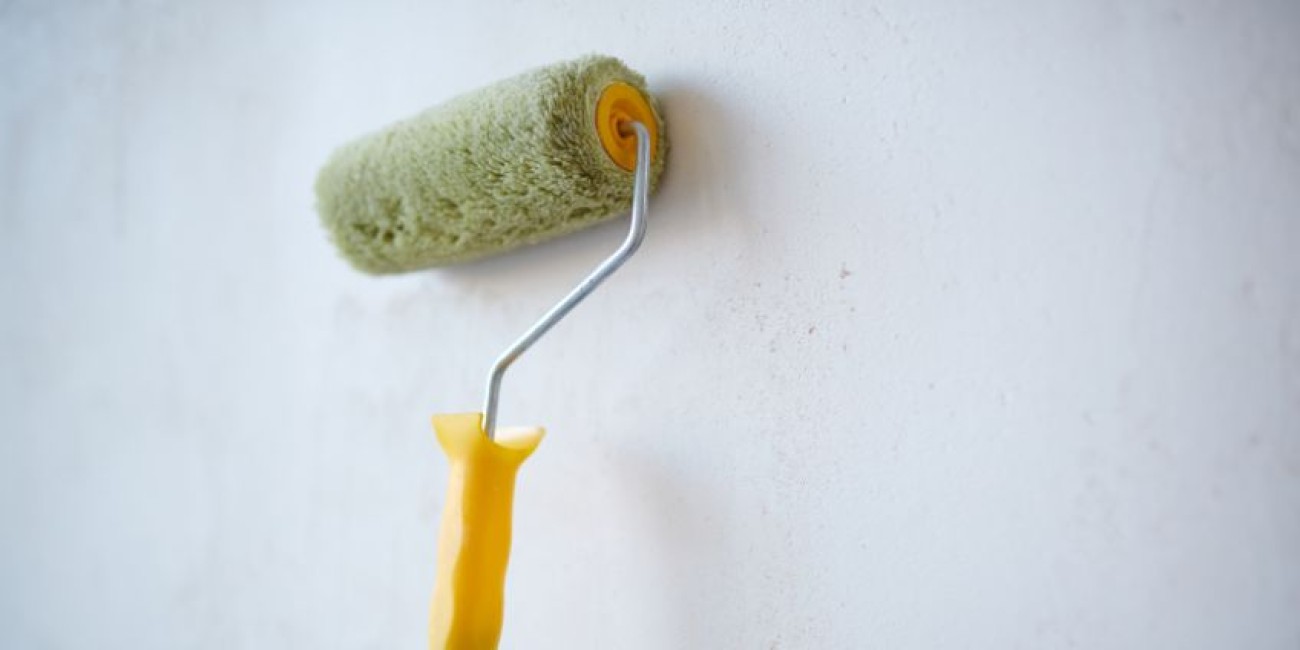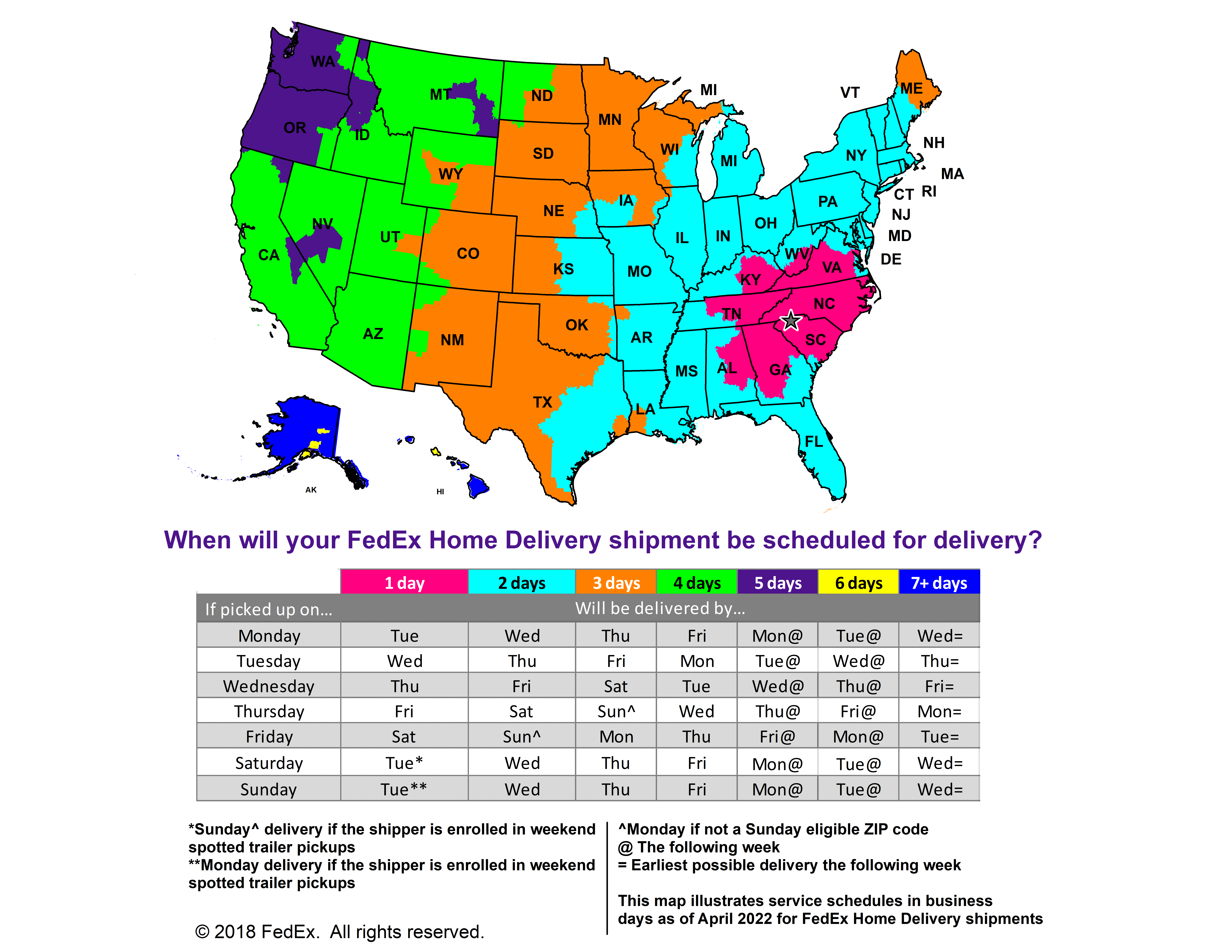The Difference Between Paint and Drywall Primer

Painting your home can enhance your space. To add color to your home and to do it well often takes a bit of time. Many people like to skip out on some essential steps, from wall prep to priming, to speed up the painting process. Some even simply use primers instead of paint to cover their walls. However, paint and primers differ from one another in a number of important ways. Switching one for the other or completely eliminating one from the painting process can lead to poor results. Here are the three main differences between paint and drywall primer and why both are important in ensuring a successful paint job.
Primer vs. Paint Functionality
Drywall primers function as a base for your paint. They optimize surfaces, creating ideal conditions for painting. Paint, on the other hand, acts more like a decorative finish, adding colorful pigments to your walls.
Primers complement paint. They optimize paint's properties, making their pigments pop and stick. Due to drywall's porous surface and absorbent structure, paint gets absorbed into drywall without a primer. Absorbed paint produces faded finishes, streaky layers, and numerous other unappealing results. Adding primer before a coat of paint seals the pores and locks in the paint layer on the wall's surface. It creates a cleaner and more successful finish.
Mixture Differences
A substantial difference between some paint and primers is their mixture composition. In order to function as a successful sealant and foundation, primers typically include a polyvinyl acetate (PVA) base, which can be absent from paint solutions. PVA often appears in substances like wood glue and regular school glue. The polymer's thick, sticky solution creates the perfect sealant to fill large pores. PVA allows primers to cover your wall's surface, hold onto the paint, and create a smooth and strong foundation for other layers.
Color Options and Variety
Although some primers come pigmented, their color selection and variation are more limited than paints. Drywall primers stick to neutral colorations, providing a basic base that won't bleed into your paint layer. Paint, however, comes in endless color variations. They feature varied color spectrums, giving you an array of hues to choose from.
A successful paint job uses primers to prep the walls and creates a sufficient base for a colorful top layer of paint. Without a primer, you risk streaky paint jobs, faded colorations, and unappealing final results. Using primer alone gives you limited color options and potentially dull walls. Paint and drywall primer differs in functionality, chemical composition, and variety. However, their differences complement one another, giving you optimally painted walls. Although skipping steps might seem like a time saver, that's not always the case. A successful first paint job eliminates the need for redos and reno disasters. Check out our collection of paints and primers for sale at ECOS Paints to get you started on a successful room makeover.


























